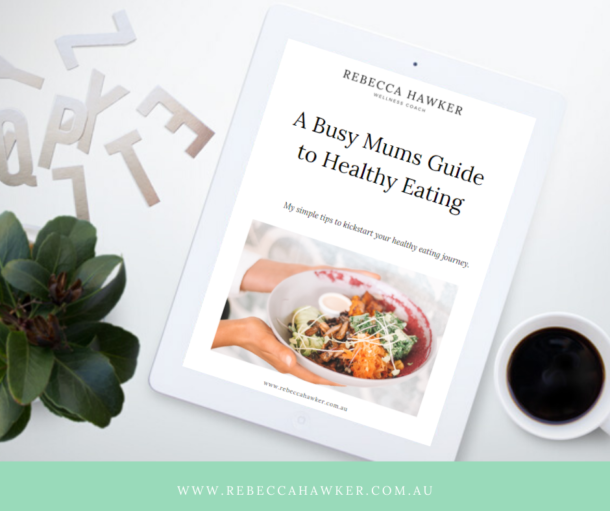6 Tips to Worry Less
Have you ever been asked why you worry so much? Have you ever asked yourself why you worry so much? Mums are notorious worriers from way back. Worrying is built in to our DNA. It is thought that worrying is a beneficial trait of our ancestors that has evolved from our instinctual, primitive response to potential threats to our survival. But as humans evolve, and those potential threats, such as being chased by saber tooth tigers are now replaced by being chased by debt collectors deadlines our primitive physiological responses remain, and are now accompanied with thoughts and emotions that we call worry and anxiety.
In general terms, worrying is a thought. It comes from the thinking part of the brain which is the cortex. Worrying is repetitive troubled thinking usually about the future or past and is not of the present moment. Worrying is mostly thought, mainly imaginative thoughts of worst case scenario.
Have you noticed how most things that we worry about never actually happens? In a sense we have wasted our energy for nothing. If we know most of our worry thoughts don’t happen, then perhaps we can to some extent stop our worrying. If only it were that easy right?
How can we train our brain to worry, less?
1. Sleep
Getting enough restorative sleep helps to lessen the negative thoughts entering our minds and helps to lessen the severity of anxiety. This sounds counterproductive considering many of us lie awake at night because of said worrying… but practice makes perfect, and that’s where the next two tips will help.
2. Exercise
Many of the physiological manifestations of our worrying, particularly those of us that are living with anxiety and panic attacks are our body’s primitive response to potential threats to our survival. In our primitive state, our bodies worked very effectively to rid the hormone, Cortisol that is produced during heightened stress “fight or flight”, usually through the act of running away. Regular exercise tends to decrease the usual amount of cortisol in your bloodstream, leading to a reduction in symptoms of stress.
3. Mindfulness
Distracting, persistent negative thoughts floating around the mind can make it very challenging to pay attention and relax. For the majority of us, these thoughts can come and go without causing too much distraction to our day. But for some of us, we can really struggle to concentrate on the tasks at hand with these persistent negative thoughts. Practicing mindfulness allows you to become more aware of your thoughts. You can then step back from them and not take them so literally. That way, your stress response is not initiated in the first place.
4. Get a Plan
Grab a pen and start writing down what it is that is filling your mind with worry, and brain storm solutions to your problems. Sometimes the act of writing them out can reduce the perceived severity. Setting aside time in your day to actually consider your worries, when other worries pop up during the day, note them down and know that you can think about them later, this will allow you to focus clearly during the day.
5. Label It
When you have a persistent worrying thought, note and accept it. Putting a label to your thoughts/feeling/emotions helps you to assess the problem for what it is, it also makes it easier to let it go. For example, “Oh there’s that troubling thought” “Its making me feel….”.
6. Let It Go
Once you have labelled it, ask yourself these two questions to assess whether you need to consider it or let it go.
- Is it true? If not, then you can just let that shit go.
- Is it helpful?
For example, you have a chaotic week coming up and you’re not quite sure that you can handle it. If thinking about it helps you to creating strategies so that you can get it all done then think it through. But if it paralyses you with fear, then either let it go or start to break it down into smaller tasks that you know you can achieve, and take it one step at a time.
If you found these tips useful then help a sister out and share the love by hitting one of the socials below.



